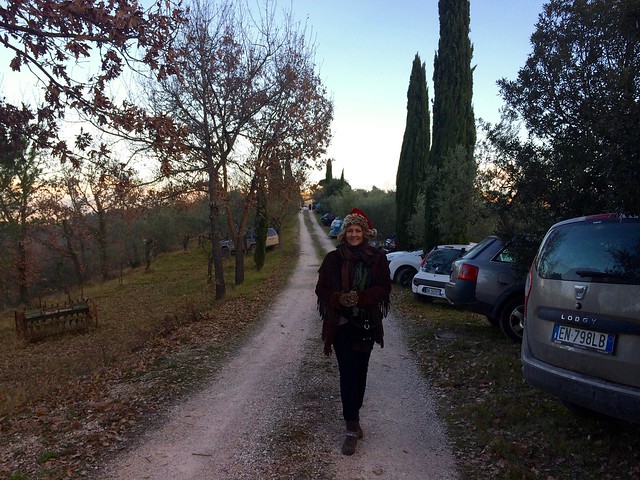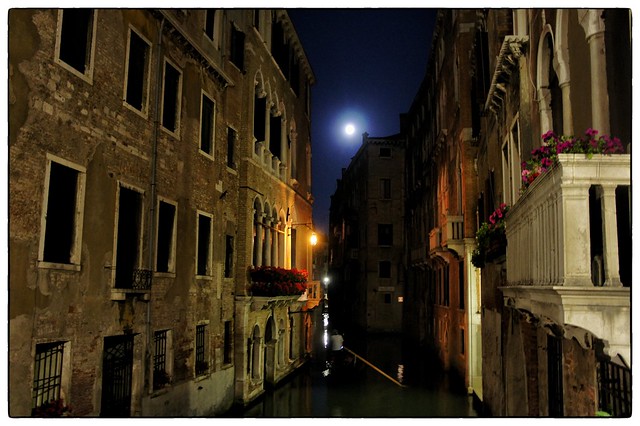So, you’re thinking about taking a winter trip to Italy but aren’t sure if it will be worth the effort to visit in the off-season?

(Photo by Concierge in Umbria via Flickr)
Though our favorite times of the year to explore Italy are spring and fall when the weather is mild but the tourist crowds are still manageable, there are certainly destinations in Italy which will delight and captivate even during the winter months. If you are contemplating visiting any time from December to March, here are some spots to avoid and others to consider.
Where to avoid
The hilltowns of central Italy. The charming Medieval villages of Tuscany, Umbria, and the rest of central Italy are postcard-perfect from spring through fall, but can be eerily shuttered come winter. Castle, farmhouse, and monastery accommodations which beckon in the warmer months turn damp and cold from November to April, many restaurants close for a month after the Christmas holidays, and the chance of days on end of rain and sleet are relatively high.

(Photo by Concierge in Umbria via Flickr)
Beach towns along the Adriatic and Tyrrhenian. The resort towns which line Italy’s west and east coast virtually empty out when the summer season ends in September, the sun loungers and umbrellas along the beach are packed away, the hotels close up for winter, and the vibrant holiday atmosphere which makes these coastal areas a fun stop in the warmer months vanishes completely. An exception is the Tuscan resort town of Viareggio, famous for its Carnevale celebrations in February.

(Photo by Concierge in Umbria via Flickr)
The islands. With one important exception (see below), Italy’s islands are best avoided during the winter. Like the coastal towns, most accommodations and businesses close for the season, the weather is uninviting, the fishing towns vacant, and the often choppy seas mean that you can easily get stranded for a day or two if ferry routes and boat transfers have to be suspended due to rough conditions.
Where to consider
Venice. If there is any time of the year that you will be able to savor Venice without having to stand elbow to elbow with what seems like at least half the earth’s population, it is the winter. Venice will be cold in winter, granted. But it will also be divinely quiet, romantically misty, and still fully functioning. Venice lives off of tourism all year round, so accommodations and restaurants rarely close here. You’ll be able to visit the sights without dealing with long lines, explore the tiny calli and campi in peace, and even take a gondola ride with lap blankets to keep you warm. If you’d like to see Venice with its party clothes on, visit in February when the city is decked out for its famed Carnival celebrations.

(Photo by Concierge in Umbria via Flickr)
The Dolomites. This breathtaking mountain range in Italy’s northeast is part of the Alps and considered among the most beautiful Alpine landscapes in the world. The area has been a UNESCO World Heritage Site since 2009, and the dramatic stone peaks alternate between soaring pinnacles and spires and towering ledges and plateaux, with vast expanses of forest and meadow below. The area boasts some of the best skiing in Europe, and is home to some of the continent’s most luxurious resorts, including Cortina d’Ampezzo. The Dolomites are also fascinating for their unique Tyrolean local history and culture, with a distinct language, cuisine, and architecture.

(Photo by Concierge in Umbria via Flickr)
Sicily. If you are hoping for warmer climes, then your best bet is to get as far south as possible. In Italy, this means Sicily, just a few nautical miles from Africa. You won’t be able to bask on the beaches, but the winter temperatures hover around 60°, the island gets very little rain even in winter, and the tourist crowds are non existent. The stunning cities of Palermo and Syracuse are business as usual even during the colder months, with bustling outdoor markets, fabulous art and architecture, and unforgettable cuisine that doesn’t come and go with the summer. The island’s numerous archaeological sites – UNESCO World Heritage Sites – may keep shorter hours, but are open to visitors throughout the year, and the opera and concert seasons are in full swing, so you can visit the island’s opulent historical theaters.

(Photo by Concierge in Umbria via Flickr)
Rome. You won’t find the weather either particularly daunting or particularly inviting in Rome during the winter, but you will revel in one seasonal factor: the complete lack of crowds. A visit to Rome in January or February means having the notoriously overrun sights like the Vatican and Colosseum virtually to yourself. On a balmy day, you can explore the city’s outdoor monuments and neighborhood lanes, and when the weather turns cold or wet, spend your time indoors at one of its world-class museums or churches. Even the famously in-your-face Romans relax a bit in the winter months, when everyone has a bit more space to breathe and the entire city doesn’t seem to be coming undone in the heat.

(Photo by Concierge in Umbria via Flickr)
Related posts:
In Season: 5 Flavors of Italian Winter Soup
So, You Want to See an Opera in Italy…
When is the Best Time to Visit Italy?


